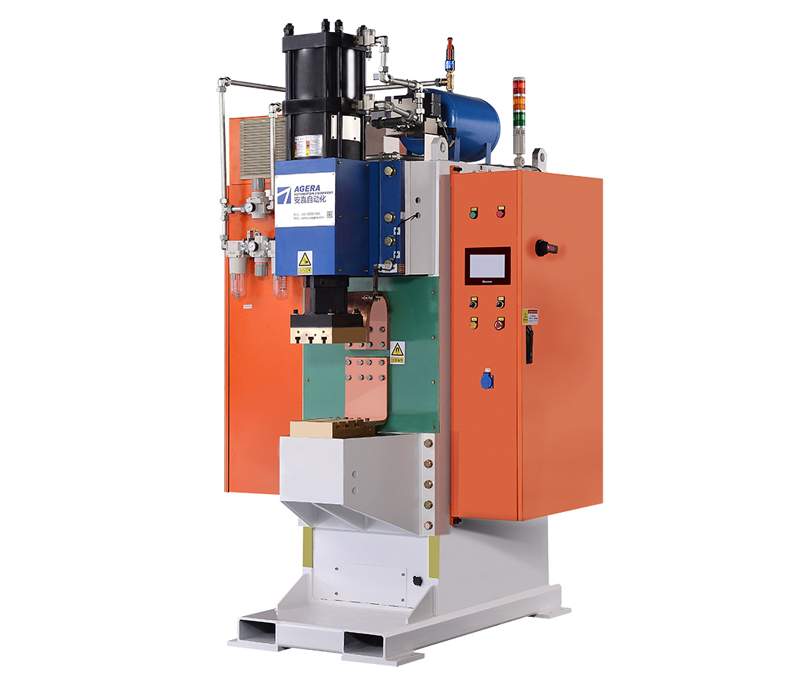The process of forming weld nuggets in Capacitor Discharge (CD) welding is a crucial aspect that determines the quality and strength of the resulting joint. This article explores the step-by-step process through which weld nuggets are formed during CD welding, shedding light on the intricacies of this welding technique.
Formation of Weld Nuggets in Capacitor Discharge Welding
Capacitor Discharge (CD) welding is a rapid and efficient welding method that involves the formation of weld nuggets through controlled electrical discharge. The process unfolds in several key stages:
- Electrode Contact and Preload: At the beginning of the welding cycle, the electrodes make contact with the workpieces. An initial preload is applied to ensure proper contact between the mating surfaces.
- Energy Storage: Energy from a charged capacitor bank is stored and accumulated. The energy level is carefully determined based on the materials being welded and the joint configuration.
- Discharge and Welding Pulse: When the energy is released, a high-current, low-voltage discharge occurs between the electrodes. This discharge creates an intense burst of heat at the joint interface.
- Heat Generation and Material Softening: The rapid discharge results in a localized and intense heat generation at the weld spot. This heat causes the material in the joint area to soften and become malleable.
- Material Flow and Pressure Build-Up: As the material softens, it starts to flow under the influence of electrode force and pressure. This material flow leads to the formation of a weld nugget, where the materials from both workpieces mix and fuse together.
- Solidification and Fusion: After the discharge, the heat-affected zone around the nugget cools down rapidly, causing the softened material to solidify and fuse. This fusion creates a strong bond between the workpieces.
- Nugget Formation and Cooling: The weld nugget takes shape during the material flow and fusion process. It forms a distinctive, rounded or elliptical structure. As the nugget cools down, it solidifies further, locking the joint in place.
- Final Joint Integrity and Strength: The formed weld nugget ensures the mechanical integrity and strength of the joint. The nugget’s size, shape, and depth influence the joint’s load-bearing capacity and overall quality.
In Capacitor Discharge welding, weld nuggets are formed through the controlled release of stored energy, which generates localized heat and material flow. This process results in the fusion of materials from both workpieces, creating a strong and reliable joint. Understanding the sequence of events leading to nugget formation is essential for optimizing the welding process and achieving consistent weld quality across various applications.
Post time: Aug-11-2023



